Vol. 1 No. 1 (2023)
The development and integration of efficient battery technology and power generation systems are essential for the advancement of clean energy science and technology, as they enable the widespread adoption of sustainable energy solutions and the reduction of reliance on fossil fuels. Additionally, power generation systems, particularly those based on renewable energy sources, are central to the advancement of clean energy.
2023 Volume 1, Issue 1 has 7 articles online, including two editorials, one original research article, three review articles, and one perspective. The authors are from five countries: China, the United Kingdom, Saudi Arabia, the United States and Tunisia. This issue offers readers fresh insights into the pivotal role of advanced battery technology and power generation systems in driving the transition toward sustainable and environmentally friendly energy practices.
Full Issue
Editorial
Article
Review
-
 Open Access
Open AccessArticle ID: 47
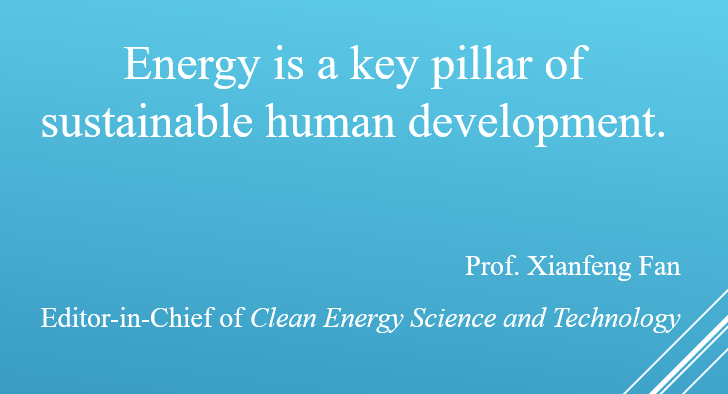
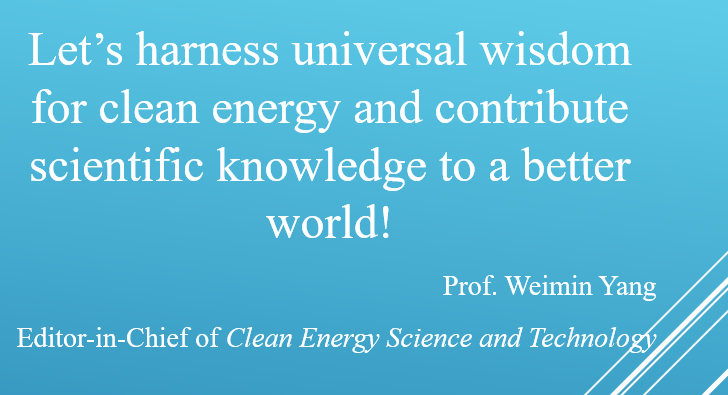
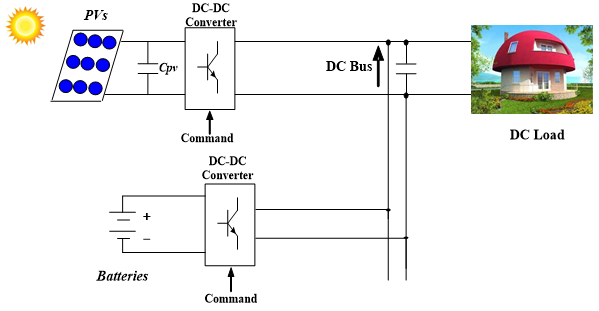
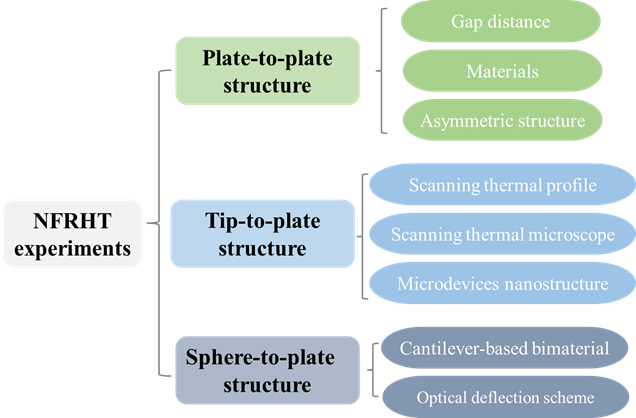
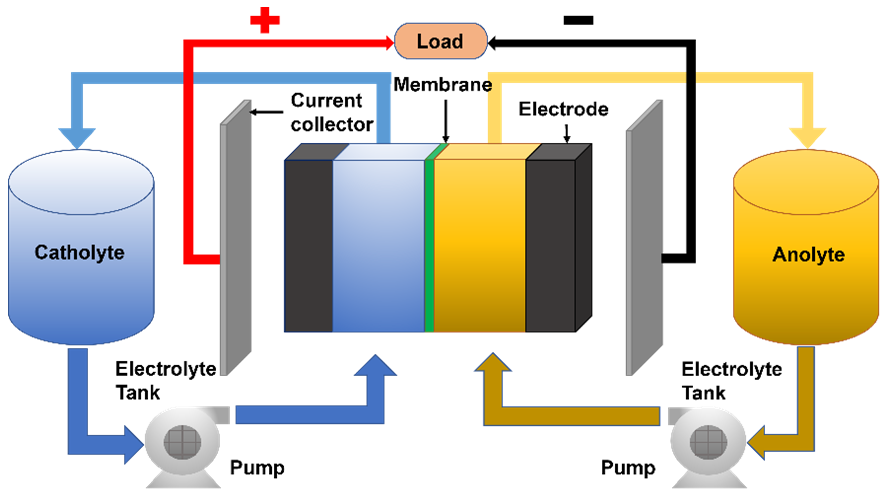





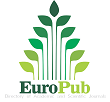
.jpg)
.jpg)

